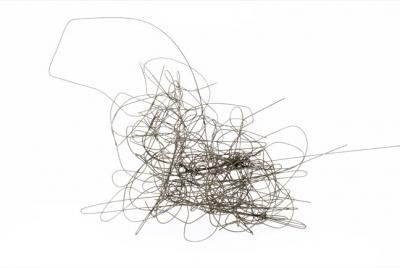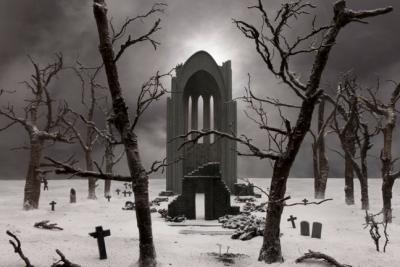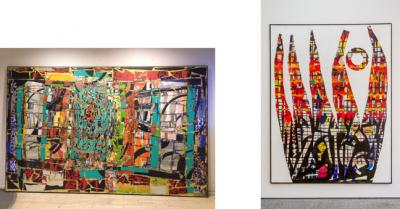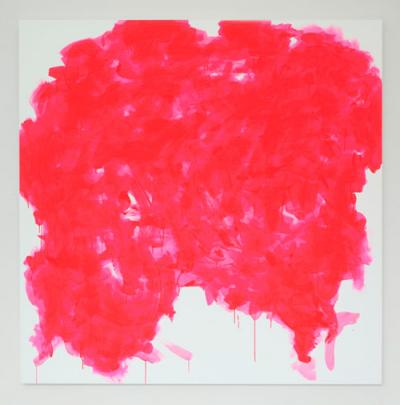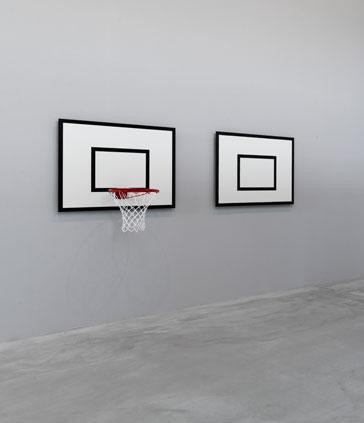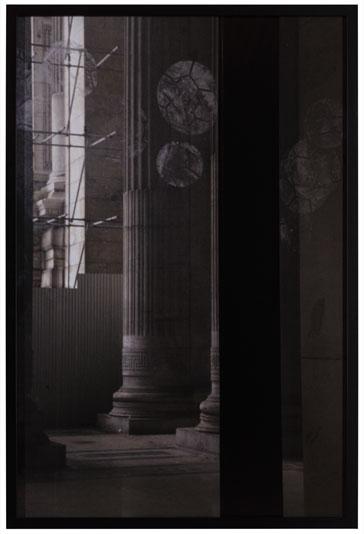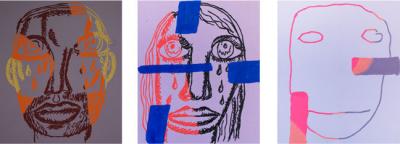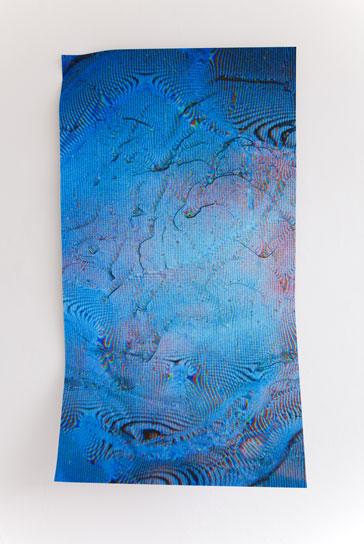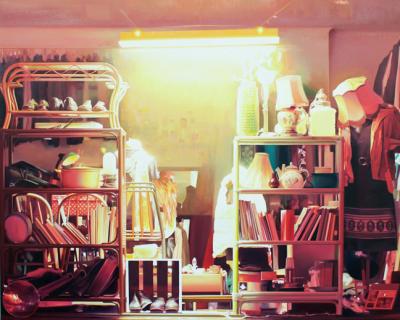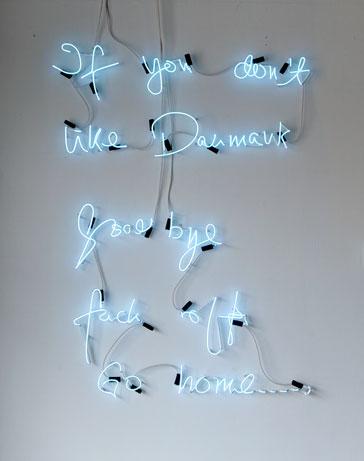Art in Residence – Nordic Contemporary Art Collection
This year Hanken celebrates 110 eventful years, and this year’s theme is creativity. By bringing art and culture into our study and work environment, we want to inspire our students, faculty and staff to challenge and rethink our way of working and learning.
The art exhibition Nordic Contemporary Art Collection (NoCo) is a part of Hankens Art in Residence (AiR) project. The collection consists of exciting and innovative artwork by both established and internationally well-known artists, but also by young and developing talents.
The artworks chosen for the exhibition represent values that are important for Hanken, such as high quality, openness, sustainable development and Nordic identity. Through NoCo we want to introduce creative thinking in the everyday life at Hanken, which in turn will lead to reflection with an impact on the learning process.
Karen Spens
Rector
Hanken School of Economics
Read the exhibition brochure here
LEONTINE ARVIDSSON
RIBBED STEEL BARS, 2014
Leontine Arvidsson received much attention for her exam exhibition at the Royal Institute of Arts in 2014. Using polished rebars, Arvidsson creates what might be called sculptural drawings that are suggestive of Henri Michaux’s mescalin drawings or NUG’s unruly, intense excesses in spray painting.
TOBIAS BERNSTRUP
SOUTH OF HEAVEN, 2014
With his androgynous performances, advanced costumes (often in black latex), and hard make-up, Tobias Bernstrup has created his own inimitable stage persona. In videos, as well as in paintings and performances he creates worlds not unlike those in teenage computer-and-video games, which together with Gothic and Film Noir are his most obvious sources of inspiration.
ALFRED BOMAN
UNTITLED, 2014
GRAB WHAT YOU CAN PAINTING, 2013
Alfred Boman creates complex compositions by using stencils with abstract patterns placed in layers on a raw canvas or on differently printed textiles. Boman’s work is influenced by automatic writing, a technique he uses himself. In the same way that he releases the text from the control of consciousness, he creates reactions on the surface by using poisonous colour emulsions — reactions that can neither be anticipated nor planned.
GARDAR EIDE EINARSSON
FLOURECENT PINK XVII, 2013
A characteristic of Gardar Eide Einarsson’s work is that it borrows from other visual worlds – art historical as well as contemporary – using signs and codes from graffiti, skateboard cultures and criminal sub-cultures. Authorities and outsider perspectives are central to his work.
OLAFUR ELIASSON
INTERNATIONAL CAREER LAMP, 2007
With his striking elegance in execution and concept Olafur Eliasson is one of the most renowned artists of our time. His practice is based on an interest in and research into perception and sensation. In his work International Career Lamp, many of the basic phenomena and elements of Eliasson’s art are prominent. The individual observing the work is aware of both himself and the surroundings. The viewer is embraced by the intense light and color that materialize and break through the prisms.
ELMGREEN & DRAGSET
LOWERED GOALS, 2012
Michael Elmgreen and Ingar Dragset weave together art, architecture and design with acuity and subversive humour in equal parts. With a playful approach they take on complex issues and questions of identity, social codes, and physical rooms and turn them upside down. Recurring themes in their work are explorations of spatiality and its conditions that problematise the foundation of the art world. Object and motion are cornerstones in their joint constructions where hierarchies and value systems are commented upon and questioned.
SOFIA HULTÉN
I’LL TAKE YOUR BRAIN TO ANOTHER DIMENSION, 2013
Sofia Hultén grew up in the industrial city of Birmingham, UK, in the aftermath of the recession in the 1980s. Birmingham has played a central role in the British manufacturing industry ever since the Industrial Revolution. In her works Sofia Hultén questions the consequences of the discontinuation of large-scale production and the obsolescence of material and production methods previously used in industry. She finds her material in the streets or in dumpsters. In her sculptures, video works and photographs – permeated by a quiet but absurd sense of humour – she creates alternative narratives for the objects, as if suggesting new opportunities for them.
LARS LAUMANN
DOGYEAR, 2014
Lars Laumann’s art is concerned with people and phenomena somewhere at the margins of society. But it is not about voyeurism and Laumann never yields to criticism. Instead his works are characterised by empathy where film and literature, philosophy and history play crucial parts. Original material is mixed with found texts and images as well as fiction and authentic stories and together they form transparent layers where the authentic filters through to the fictitious and vice versa-strata connected to philosophy and cultural constructions.
BJARNE MELGAARD
UNTITLED (X3), 2014
In the center of Bjarne Melgaard’s painting, with its provocative content, there is a particular sensibility and beauty. In addition to the layers of irony, there is something direct in his approach, not infrequently conveyed or emphasized through textual fragments or longer passages. Perhaps the humoristic aspect is overlooked as a result of themes such as the death wish, violence, extreme sub-cultures and selfdestruction. The overall theme of Melgaard’s art is the darker aspects of the human condition – the outsider perspective, marginalisation and existential abandonment.
SANDRA VAKA OLSEN
PINK AIR SURFER SUFFER #1, 2013
Sandra Vaka Olsen is interested in the intertwinings and turning points existing between human bodily experience in relation to increasingly advanced contemporary technology. The dividing lines between analogue and digital, body and technique have been crossed. Her work is continually centered on a body in transformation, where the body appears as a network and process rather than as an isolated entity. A body, which through technology and chemical alterations, is in a state of constant change.
PAULIINA PIETILÄ
LOPPIS, 2013
Pauliina Pietilä belongs to a new generation of figurative painters that has emerged in recent years. She discovers her motifs during nightly walks in cities around the world: quiet alleys, brightly lit shop windows and empty offices. All the places she depicts are strangely abandoned. However, it is not the detailed photorealist depictions that are interesting, but the way Pauliina Pietilä twists reality into a distorted version, disrupting our established perceptions.
SUPERFLEX
LETTER TO SUPERFLEX, 14. JANUARY 2008
The Danish artist group SUPERFLEX describes their projects as tools, each one a model or proposal that can be actively used by the observers to develop it further and adjust it to their own circumstances and requirements. The projects always have a political and social relevance, and not infrequently, a provocative aspect. Like letter to Superflex, 14 January 2008, that in glaring blue neon quotes a xenophobic letter sent anonymously to the group.
FREDRIK VÆRSLEV
UNTITLED (GARDEN PAINTING), 2014
Værslev creates paintings that embrace the substance of Clement Greenberg’s rather rigorous theories yet withdraw from their dogmas. Værslev is interested in the painterly process and the relationship between abstraction and representation. The composition may contain familiar elements such as geometry and decorative elements. But the method and the result are anything but conventional.


